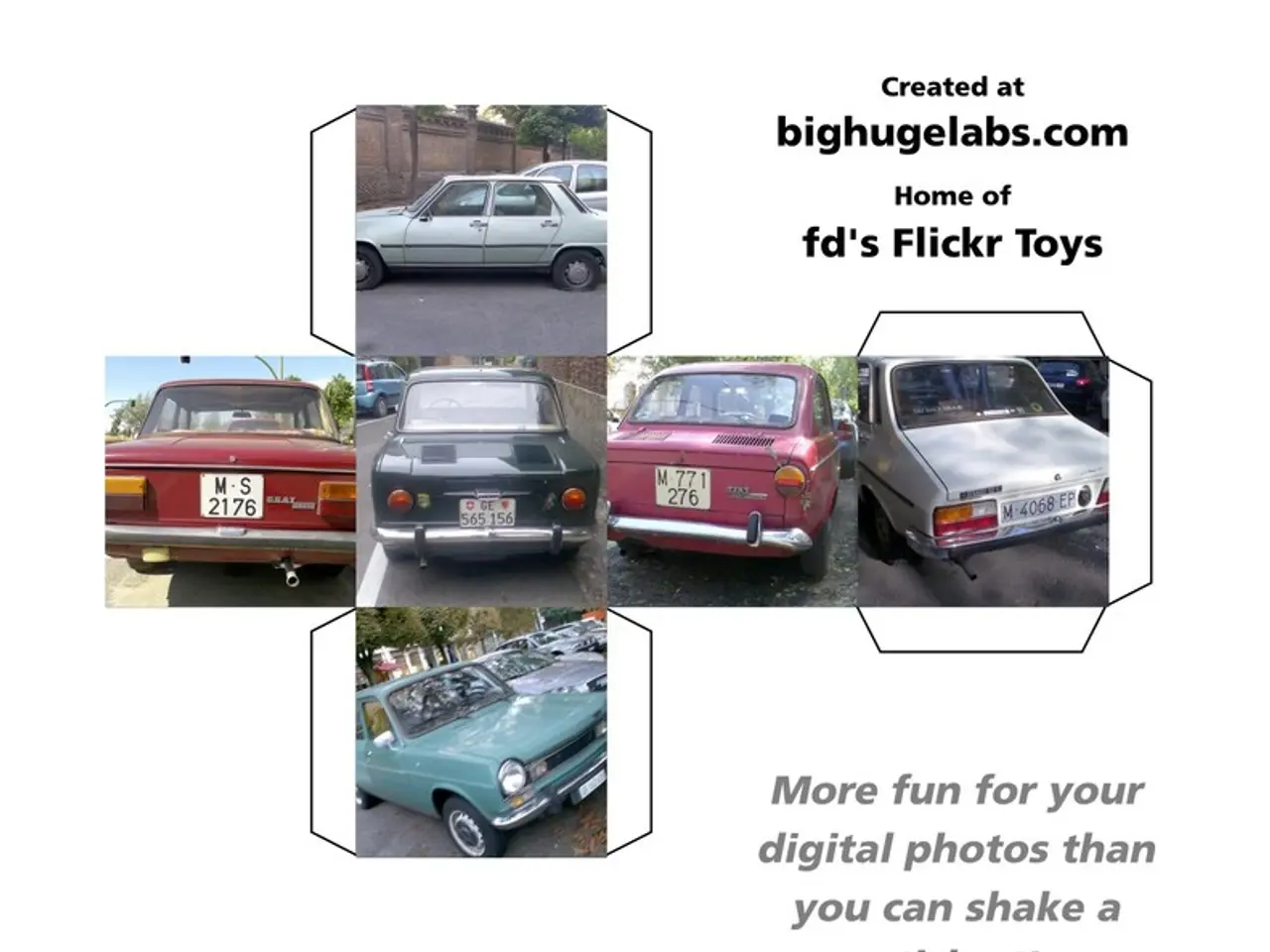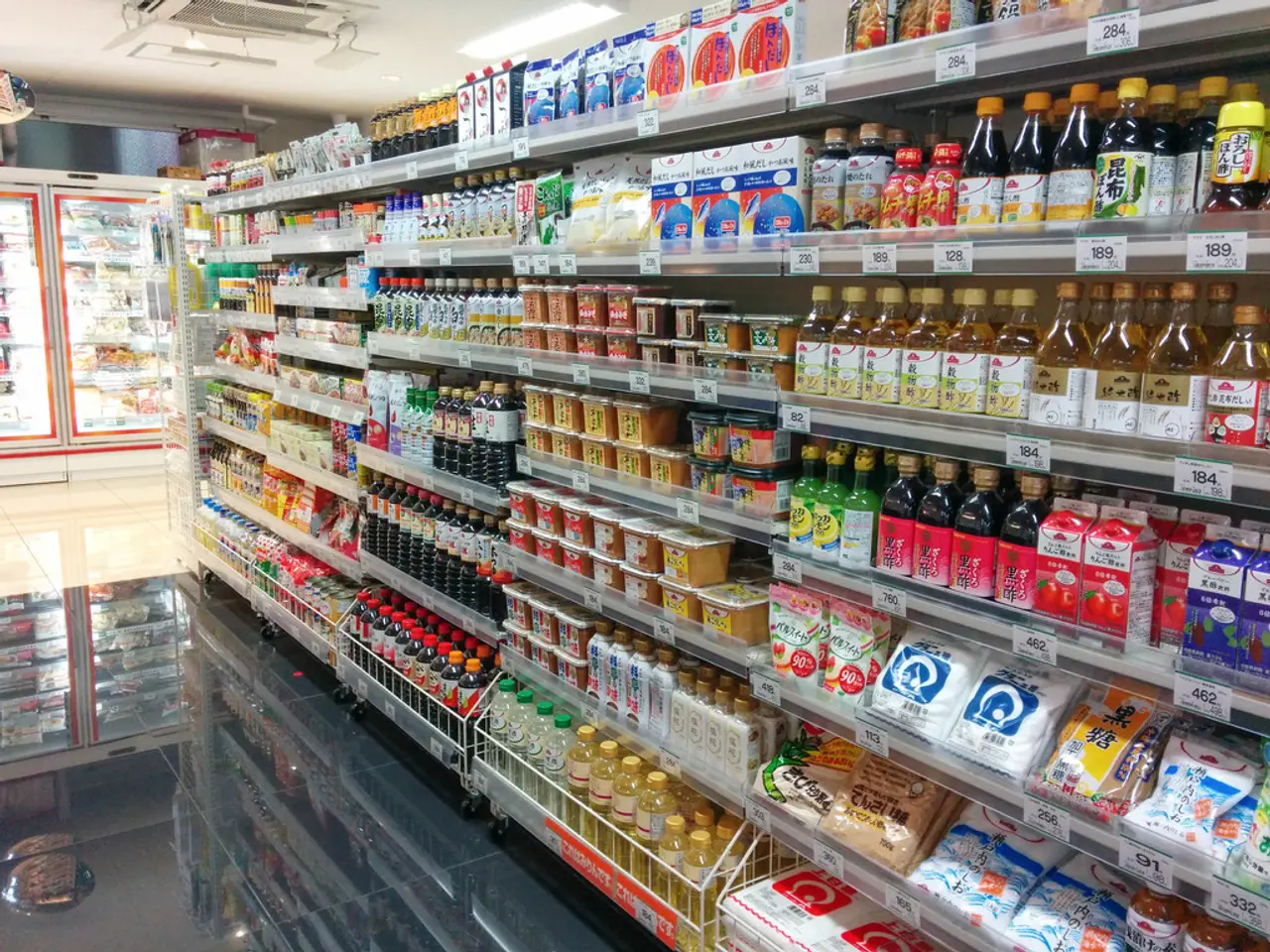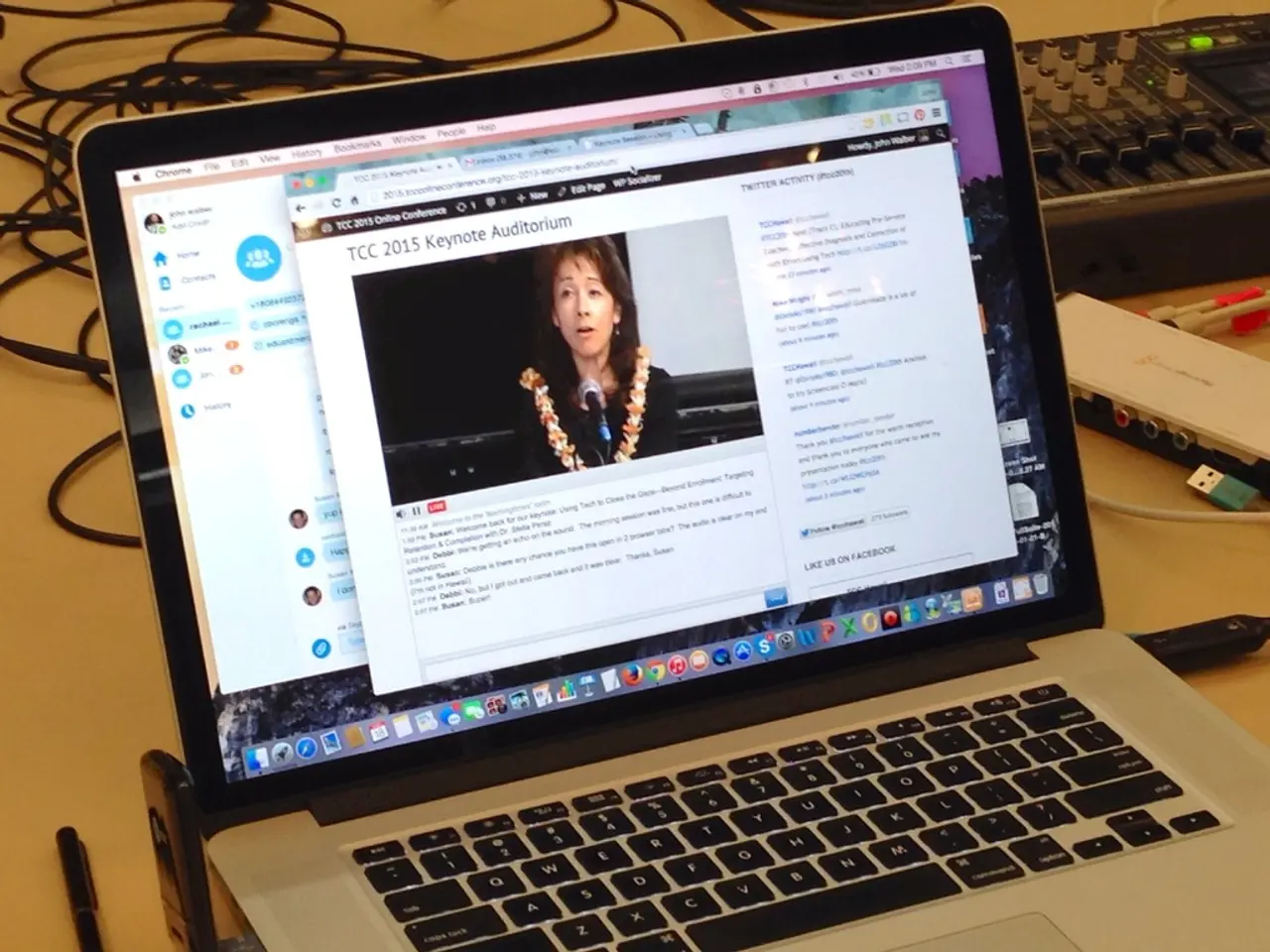Robotaxi fleet of Waymo temporarily withdrawn due to repeated accidents with gates and obstacles
Waymo, the autonomous vehicle division of Alphabet Inc., has recalled 1,212 self-driving vehicles due to a software flaw that caused collisions with stationary objects like gates, chains, and similar barriers. The recall, initiated by Waymo's Safety Board on May 1, 2025, was undertaken to fulfill regulatory reporting obligations with the National Highway Traffic Safety Administration (NHTSA), despite the software fix being applied months earlier.
The recall does not mark a halt in Waymo's progress, as the company continues to advance its fifth-generation Automated Driving System (ADS) software. This technology, equipped with an extensive sensor suite including five lidars, six radar sensors, and 29 cameras, allows for "superhuman sensing ability" to prevent accidents[3].
Despite the recall, Waymo has continued expanding testing and deployment in various cities and conditions while working to improve its autonomous driving capabilities. The company is also moving towards its sixth-generation system, with new partnerships expected to expand over the next few years[1].
The software update to address the problem was rolled out by Waymo starting November 7, 2024. This update significantly improved object detection and vehicle response, sharply reducing the risk of similar incidents. The NHTSA's investigation into Waymo's ADS system began in May 2024, following seven reported incidents between December 2022 and April 2024[2].
It's worth noting that none of the incidents resulted in injuries. Additionally, Waymo disclosed an additional nine collisions with similar objects through the end of 2024. Incidents included robotaxis colliding with towed vehicles in early 2024 and a separate incident where a robotaxis collided with a telephone pole in Phoenix[4].
Waymo's approach emphasizes precise mapping and sensor fusion for redundancy to boost safety, relying on lidar, radar, and cameras operating in thoroughly mapped zones[5]. This design contrasts with other AV companies like Tesla, which use a camera-centric approach.
The recall underscores the ongoing challenges in fully safe, driverless vehicle operation and the importance of continuous software refinement. The full NHTSA recall report can be found below[6].
[1] Waymo's sixth-generation self-driving system: https://www.waymo.com/blog/waymo-reveals-next-generation-self-driving-technology/ [2] NHTSA investigation into Waymo's ADS system: https://www.nhtsa.gov/recalls [3] Waymo's fifth-generation ADS technology: https://www.waymo.com/self-driving/technology/ [4] Waymo recalls robotaxis after collisions: https://www.reuters.com/business/autos-transportation/waymo-recalls-robotaxis-after-collisions-2024-11-10/ [5] Waymo's sensor fusion approach: https://www.waymo.com/blog/how-waymo-uses-sensor-fusion/ [6] NHTSA recall report: https://www.nhtsa.gov/recalls/waymo-autonomous-vehicles-recall
The recall did not stop Waymo from advancing its fifth-generation Automated Driving System (ADS) technology, equipped with an extensive sensor suite that claims a "superhuman sensing ability" to prevent accidents. However, the incident underscores the ongoing challenges in fully safe, driverless vehicle operation and the importance of continuous software refinement, as demonstrated by the software update to address the problem.




